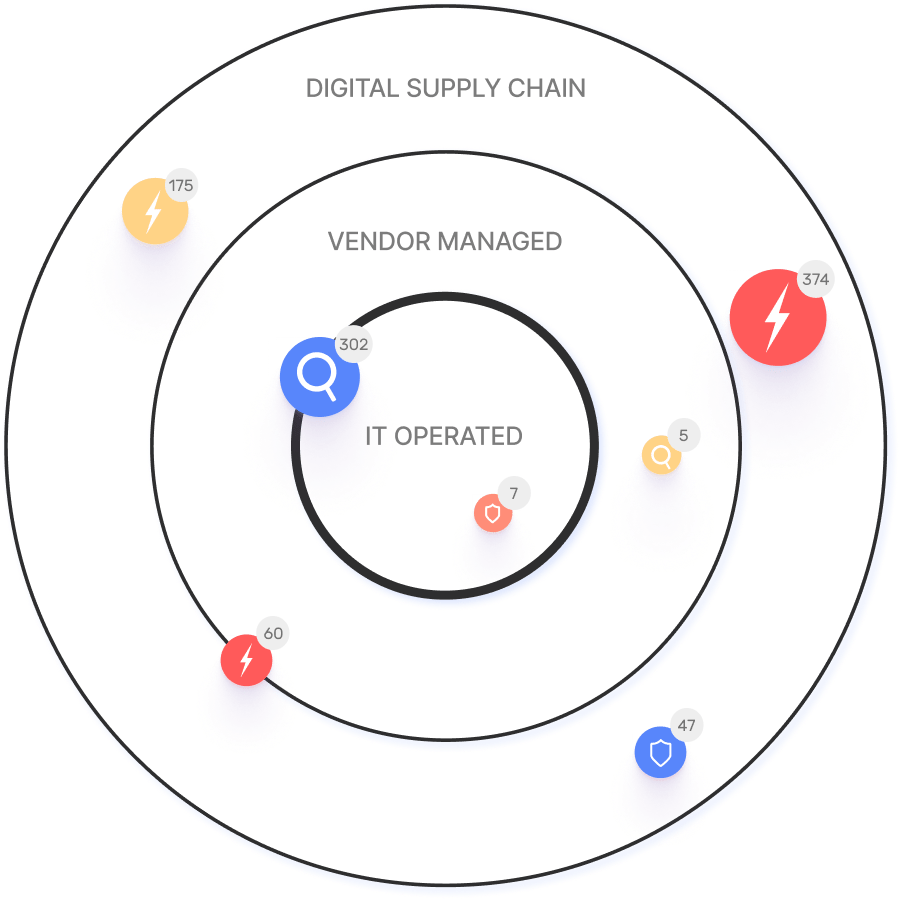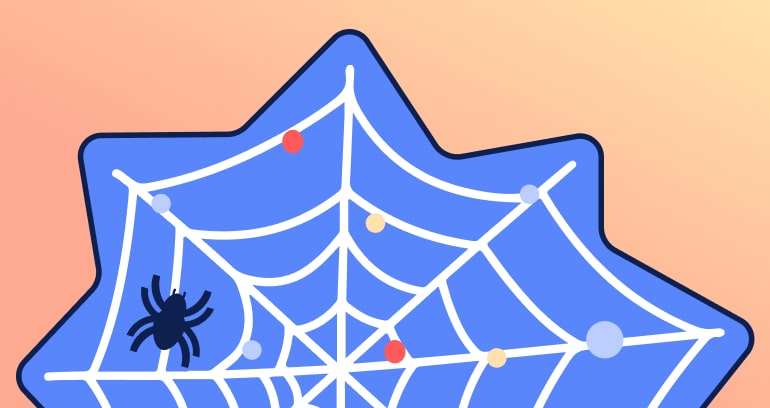Spinning a New Web of Cybersecurity: Lessons from Nature for Attack Surface Management
Nature-Inspired Cybersecurity: The Spider Web Analogy
In the ever-evolving landscape of cybersecurity threats, organizations are seeking innovative ways to protect their digital assets. Recent research has drawn inspiration from nature—specifically, the resilience and adaptability of spider webs—to illustrate how modern attack surface management (ASM) can be both robust and flexible. While the idea of using literal spider webs is tongue-in-cheek, the analogy highlights the need for cybersecurity solutions that are both strong and adaptive, much like the webs spun by spiders.
Resilient Yet Flexible Defense: What Spider Webs Teach Us
Spider webs are renowned for their strength and ability to withstand pressure, yet they remain lightweight and flexible. In cybersecurity, this translates to the need for solutions that can create strong, adaptive barriers around critical systems and data—capable of withstanding sophisticated attacks while adapting to changing environments.
How IONIX Delivers: IONIX's platform leverages ML-based 'Connective Intelligence' to discover and map your entire external attack surface, including shadow IT and unmanaged assets. This ensures that your organization's digital defenses are both comprehensive and adaptable, minimizing blind spots and reducing false positives.
Zero Touch Prevention: Proactive Threat Detection
Just as a spider web instantly signals a disturbance, effective ASM solutions must provide real-time alerts and automated responses to potential intrusions. IONIX's Threat Exposure Radar and Exposure Validation features act as your digital 'web,' continuously monitoring for vulnerabilities and triggering prioritized alerts when critical exposures are detected.
“Remember, with great power comes great responsibility.”
Spiderman
IONIX's approach is not only effective but also efficient—delivering actionable insights without overwhelming your team with noise. This enables security teams to focus on what matters most, streamlining remediation and reducing mean time to resolution (MTTR).
Efficiency and Sustainability in Cybersecurity Operations
While spider webs are produced naturally and efficiently, IONIX's platform is designed for rapid deployment and minimal resource requirements. Customers report that initial deployment takes about a week and requires only one person to scan the entire network. This operational efficiency translates to immediate time-to-value and minimal disruption to existing workflows.
Real-World Outcomes: Customer Success with IONIX
- E.ON: Leveraged IONIX to continuously discover and inventory internet-facing assets, improving risk management. Read the case study.
- Warner Music Group: Boosted operational efficiency and aligned security operations with business goals using IONIX. Learn more.
- Grand Canyon Education: Enhanced security by proactively discovering and remediating vulnerabilities. Details here.
Frequently Asked Questions: IONIX Value in Attack Surface Management
- How does IONIX help organizations achieve resilient and adaptive cybersecurity?
- IONIX provides complete attack surface visibility, continuous discovery, and real-time validation of vulnerabilities—ensuring your defenses are both strong and flexible, much like a spider web.
- What makes IONIX different from other ASM solutions?
- IONIX's ML-based Connective Intelligence discovers more assets with fewer false positives, and its Threat Exposure Radar prioritizes the most urgent issues. Seamless integrations and comprehensive digital supply chain mapping set IONIX apart.
- How quickly can IONIX be deployed?
- Deployment typically takes about a week and requires minimal resources, delivering immediate time-to-value.
- What support and training does IONIX offer?
- Customers receive onboarding guides, tutorials, webinars, and a dedicated Technical Support Team, plus a dedicated account manager for ongoing support.
- Is IONIX compliant with security standards?
- Yes, IONIX is SOC2 compliant and supports NIS-2 and DORA compliance.
See IONIX in Action
Discover how easy it is to implement a CTEM program with IONIX. Find and fix exploits fast.
Watch IONIX in Action






